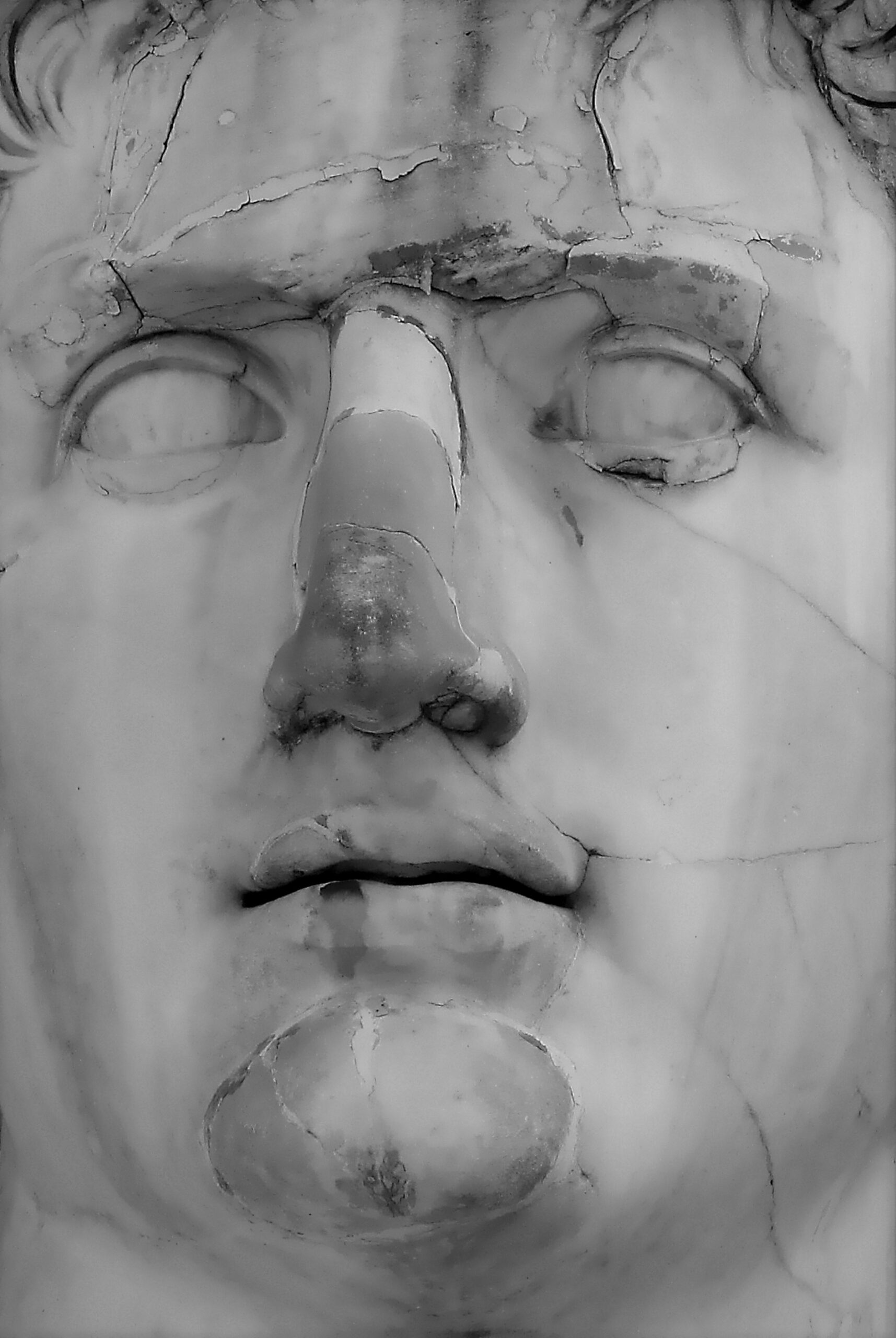Imagine piecing together a long-forgotten story hidden beneath layers of time and mystery—just by looking at a skull. Welcome to the fascinating world of facial reconstruction, a groundbreaking technique that breathes life back into faces lost to history, crime, or tragedy. In this article, we’ll dive into how forensic experts use art, science, and cutting-edge technology to transform skeletal remains into recognizable human faces. Join us as we uncover the incredible ways facial reconstruction is reshaping forensics, bringing closure to families, solving cold cases, and rewriting the past one face at a time.
Table of Contents
- Unmasking the Science Behind Facial Reconstruction
- From Bones to Identity How Forensic Experts Bring Faces to Life
- The Impact of Facial Reconstruction on Criminal Investigations
- Best Practices and Future Innovations in Forensic Facial Reconstruction
- Concluding Remarks
Unmasking the Science Behind Facial Reconstruction
At the heart of facial reconstruction lies a fascinating blend of anatomy, artistry, and technology. Experts start by examining the skull, using its unique contours and landmarks as a roadmap to rebuild the face. Each bony ridge and cavity hints at the soft tissue depth and structure that once defined the individual. Advanced imaging techniques, such as CT scans and 3D modeling, now enable forensic artists to create more precise and lifelike renderings than ever before. This marriage of science and creativity opens a window into the past, breathing life back into faces lost to time and mystery.
Behind the scenes, forensic specialists rely on a toolkit of methodologies to achieve their reconstructions, including:
- Soft tissue depth markers: standardized measurements guide the thickness of muscles and skin in different facial regions.
- Anatomical references: muscle origins, insertions, and fat deposits shape the contours unique to each face.
- Ethnic, sex, and age considerations: these factors inform key facial characteristics crucial for authenticity.
By weaving these elements together, the science of facial reconstruction transcends mere technique, becoming an evocative narrative tool that restores identity and aids justice.
From Bones to Identity How Forensic Experts Bring Faces to Life
At the heart of forensic science lies an extraordinary blend of art and anatomy, where experts meticulously piece together fragments of the past to restore a visage lost to time. Every skull tells a unique story, whispering clues about age, ethnicity, gender, and even the subtleties of individual identity. Through a combination of scientific precision and creative intuition, forensic artists and anthropologists breathe life into these silent witnesses, transforming mere bones into recognizable faces. This transformative process goes beyond physical reconstruction—it bridges the gap between the unknown and the familiar, giving closure to families and unlocking mysteries that once seemed impenetrable.
Facial reconstruction is as much about technology as it is about human insight. From cutting-edge 3D scanning and printing techniques to age-old practices involving clay modeling, the journey to recreate a face involves:
- Analyzing skull morphology to establish foundational facial structure
- Utilizing tissue depth markers to estimate soft tissue thickness at critical points
- Incorporating genetic and historical data to hypothesize skin tone, eye color, and hair type
- Applying artistic skill to refine details and produce a lifelike representation
Each step contributes to a profound narrative of identity, reminding us that beneath every layer of bone lies a person once living, remembered anew through the dedication of forensic expertise.
The Impact of Facial Reconstruction on Criminal Investigations
Facial reconstruction plays a pivotal role in breathing new life into cold cases and unearthing identities long lost to time. By meticulously crafting facial features from skeletal remains, forensic artists provide investigators with a tangible “face” to match against missing persons databases, witness accounts, and archival images. This powerful tool not only aids in identifying unknown victims but also bridges emotional gaps for families desperately seeking closure. Its ability to transform bones into stories helps law enforcement agencies direct their investigations with fresh leads and renewed focus.
Beyond mere visualization, the technique enriches criminal investigations through:
- Cross-disciplinary collaboration between forensic anthropology, biology, and digital artistry, creating a comprehensive approach to crime-solving.
- Augmented witness referrals where reconstructed images prompt eyewitness identification or lead to new testimonies.
- Public engagement and awareness as released facial reconstructions capture media attention and crowdsource vital information.
In a world where justice often hinges on the smallest detail, facial reconstruction offers a compelling blend of science, art, and empathy—shaping the future of forensic discovery and amplifying the voices of those silenced by time.
Best Practices and Future Innovations in Forensic Facial Reconstruction
In the evolving world of forensic facial reconstruction, precision and ethical responsibility are paramount. Leading practitioners now combine traditional sculpting techniques with cutting-edge technologies such as 3D printing and artificial intelligence algorithms to enhance accuracy. These innovations allow for dynamic manipulation of tissue depth markers and facial features, tailoring reconstructions that reflect not just the skeletal structure but also possible ethnic and age-related nuances. Besides technical advancements, adherence to strict documentation standards and collaborative input from anthropologists, forensic artists, and geneticists ensure that every case is scientifically robust and legally defensible.
Looking ahead, the integration of augmented reality (AR) and machine learning promises to revolutionize this practice by enabling real-time, interactive reconstructions that civilians and law enforcement can explore from multiple angles. Imagine being able to virtually “walk around” a 3D facial rendering or overlay DNA phenotyping data to predict hair color and skin tone with improved confidence. Key areas of focus include:
- Enhanced predictive modeling for facial traits using big data
- Standardizing protocols across international forensic communities
- Expanding accessibility through open-source reconstruction tools
These forward-thinking developments not only promise faster identification but also deeper, more empathetic connections with the identities behind the remains, reshaping how justice and history are ultimately served.
Concluding Remarks
As we peel back the layers of history and science, facial reconstruction emerges not just as a forensic tool but as a bridge connecting us to forgotten stories and untold identities. From ancient remains to modern mysteries, this remarkable blend of art and technology continues to transform the way we see the past—and solve the enigmas of the present. So next time you glimpse a reconstructed face, remember: it’s more than just features on a skull; it’s a silent witness given a voice, inviting us to explore the fascinating world where science meets humanity. Who knows what other hidden faces are waiting to be unveiled?











